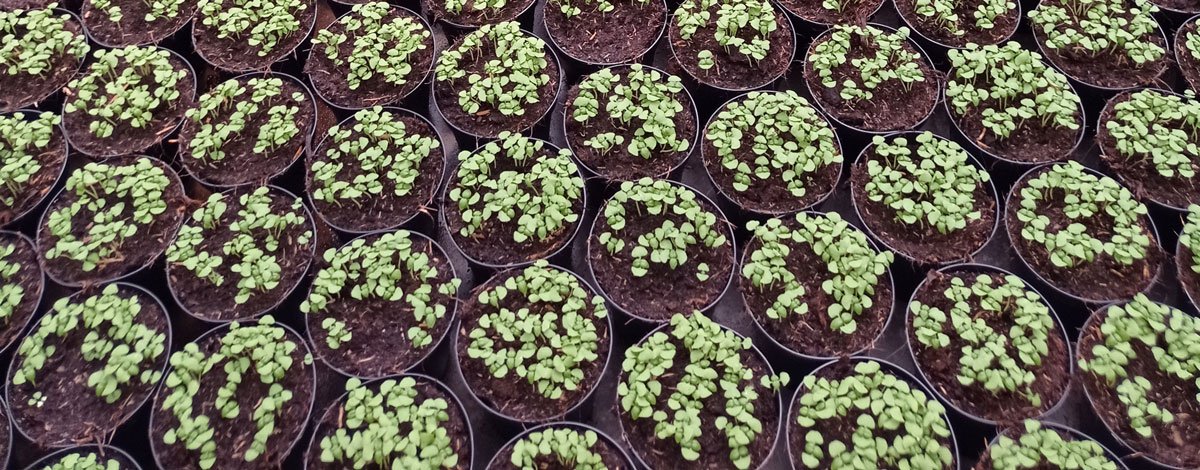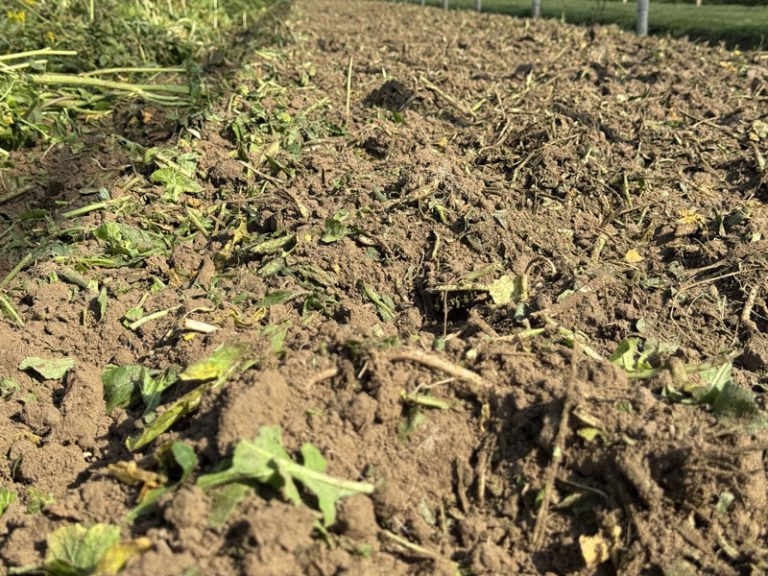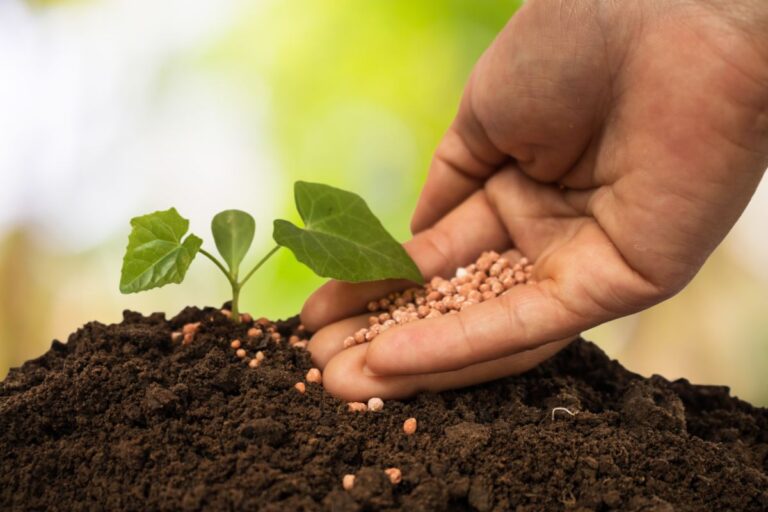Plants can be propagated by cutting, offshoot, layering, grafting, as described in the article on the vegetative propagation technique, or by seed. Seed propagation is also called reproduction and it is like animal reproduction, because it requires the union between a male and a female individual.
The meeting place is the flower, in most cases hermaphrodite, that containing both male and female organs, respectively stamens, (with anthers and pollen grains) and pistil, with ovary.
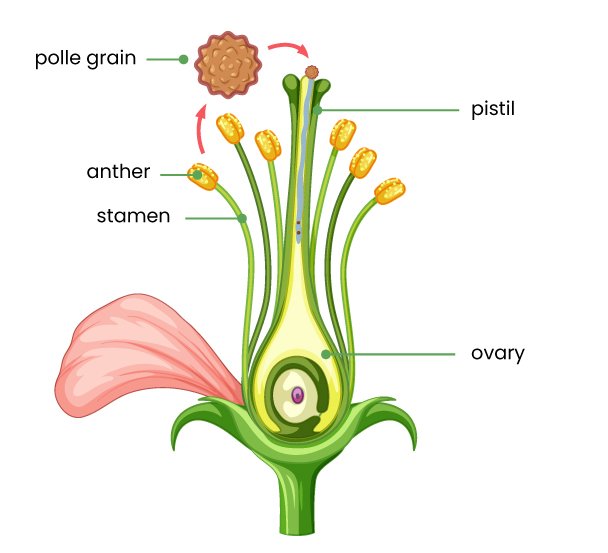
Not all plants have hermaphroditic flowers, but some, such as hazel, walnut, beech and fir, have separate male and female flowers. In this case we are talking about monoecious plants. In actinidia the plants possess only male or only female flowers; it’s about plant called dioecious; other examples of this type are the Gingko biloba and the pistachio.
The formation of the seed
The pollen grain settles on the anther (pollination) germinates and reaches the ovule, fusing with it (fertilization). Pollination can be implemented by insects or other factors, such as wind. After fertilization begins the first phases that will lead to the embryo formation.

Inside the embryo there are all the parts that will give rise to the whole plant: in the mature seed the embryo is formed by one or more embryonic leaflets, or cotyledons, an axial portion at one end of which are the cells that will give rise to the apical bud (shoot apex) and at the opposite end the cells that will give rise to the root: root apex.
The structure of the seed
The embryo inside the seed is protected by one or two teguments (testa, the most rigid and external, tegmen the thinnest and most membranous); inside these teguments there is the endosperm, a storage tissue, which contains reserve of nutrients, which will serve the seed as an energy reserve before germination.
In some seeds, typically graminaea family, most of reserve substances are stored in the cotyledons and are mainly represented by starch and other carbohydrates; in legume seeds, however, they are mainly made up of proteins.
The sowing
From a practical point of view, sowing is a very simple operation, it can be done by hand or with seeding-machine. To carry out sowing it is useful to know the correct sowing density: g/m2, and, consequently, the number of seeds per gram.
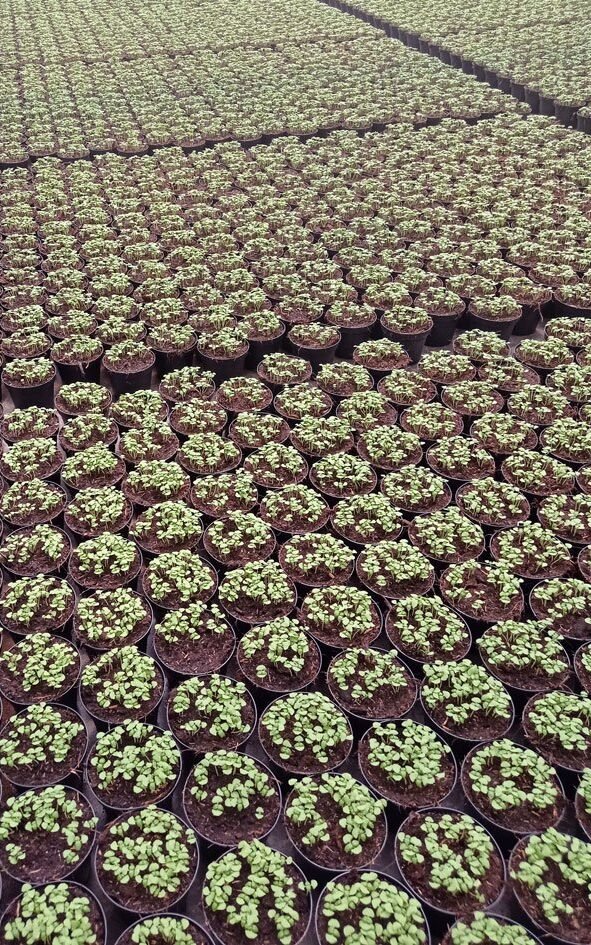
In addition to the size of the seed (number of seeds/gram) which greatly affects whether it can be done manually or not, the factors that make the operation more complex are: the sowing period, and in this regard also the need for some seeds to overcome phenomena of dormancy. In fact, the newly formed seed is not always ready to germinate. After its formation, a certain period of time or particular conditions may be necessary to overcome dormancy.
Some useful features to know are: the purity of the seed, that is the percentage by weight of “pure” seedes” in the sample. Therefore, impurities, seeds of other species, even weeds, soil residues, etc. must be excluded; it should be greater than 90%.
The germination, or viability, percentage indicates the % of viable seeds, that means of 100 seeds, how many are actually germinable, in the appropriate and suitable temperature conditions.

Germinative energy: indicates the average time, in days, the seed requires to germinate.
The soil or sowing media: if we consider the seeds of a lawn or a flower crop, the soil must be well drained with high total porosity. Generally peat or media with high peat percentage are used, preferably without fertilizer or lowly fertilized, to allow the young radicle to grow in search of nourishment and water. For larger seed we can use media with peat, sand, soil, perlite.

